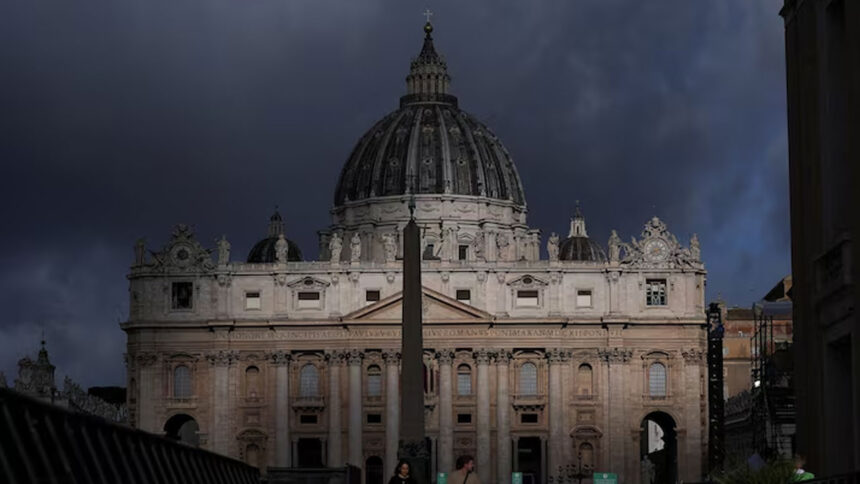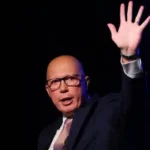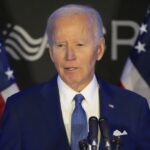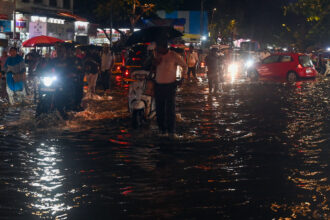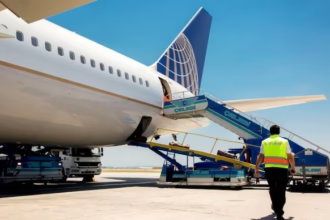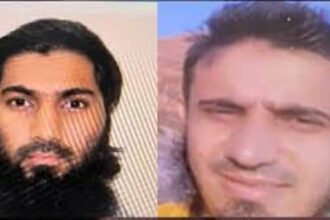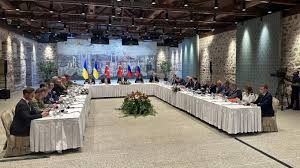As the Vatican prepares for the conclave to elect the next Pope, profound divisions among the cardinals are shaping the election process. With Pope Francis’ death on April 2025, the cardinals are tasked with selecting a successor who can continue his legacy or chart a new course for the Catholic Church. In this blog, we explore the top 5 divides among the Vatican cardinals ahead of the conclave.
1. Traditionalism vs. Progressivism
The first major divide centers on the tension between traditionalist cardinals, who wish to preserve long-standing Church doctrines, and progressives, who advocate for reform. Pope Francis’ papacy was characterized by his progressive stance on social issues, such as climate change, migration, and inclusivity. While many believe the Church must continue these efforts, traditionalists argue that such changes go against the core teachings of the Church.
2. Global vs. Local Church Issues
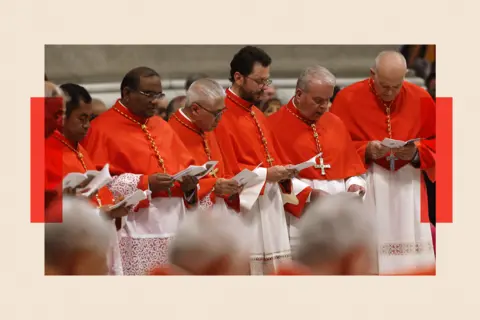
The second divide is the challenge of balancing global and local issues. The conclave in 2025 is the most diverse in history, with cardinals from countries like South Sudan, Haiti, and Papua New Guinea joining their European and American counterparts. This diversity brings attention to the different issues facing the Church: while Europe grapples with shrinking congregations, African and Asian cardinals stress issues like poverty, conflict resolution, and religious persecution.
3. Leadership Style: A Manager vs. A Spiritual Leader
The third divide involves the style of leadership needed in the next Pope. Pope Francis expanded the role of the pontiff beyond spiritual duties, becoming a global spokesman for the marginalized and a peace advocate. Some cardinals believe the Church needs a more traditional manager who can focus on the administration of the Vatican, while others feel the next Pope should continue Francis’ role as a global influencer.
4. Church Governance: Vatican Centralization vs. Decentralization
Pope Francis sought to decentralize power within the Church, giving greater voice to regional bishops and laypeople. This approach has generated both support and criticism. Traditionalists favor a more centralized approach, where key decisions are made by the Vatican hierarchy. The next Pope will need to decide whether to continue Pope Francis’ attempts at decentralization or revert to a more traditional structure.

5. The Role of Women and LGBT+ Inclusion
Lastly, Pope Francis’ efforts to address the role of women in the Church and include LGBT+ Catholics have led to heated debates. Some cardinals support Francis’ stance on inclusivity, while others feel such changes compromise Church teachings. The next Pope will need to navigate these complex issues and provide clarity on the Church’s stance moving forward.
Conclusion: The Road Ahead for the Church
The upcoming conclave represents a critical moment for the Catholic Church. The divisions among the cardinals reflect the broader tensions within the Church itself—between tradition and reform, local and global concerns, and the need for both strong spiritual leadership and administrative efficiency. As the cardinals gather to elect a new Pope, it is clear that they are not only choosing a spiritual leader but also a figure who will shape the Church’s future for generations to come.
For more updates on the Vatican conclave and the issues shaping the next papacy, stay tuned to our ongoing coverage.


